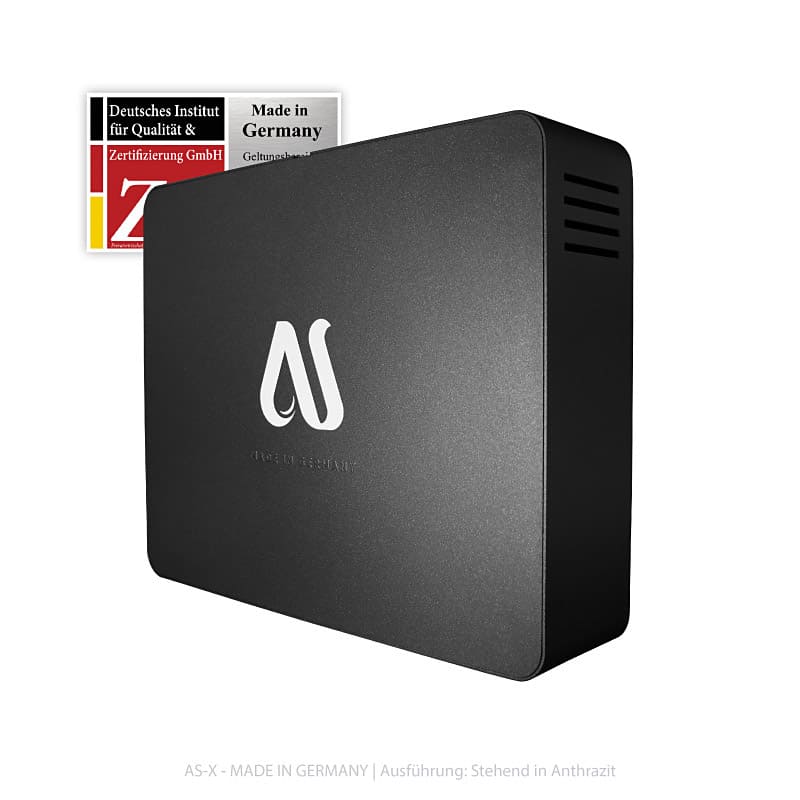The faucet water which comes out of your faucet is perfect. Get yourself a filter or why not be a filter. Which of these two sentences tend to be more true? Are partially true.

In several places, plain tap water doesn’t taste good. In other places, plain tap water has tiny quantities of substances they’re worth desire to drink – well as over an eternity probably have an effect on you.
There are numerous sorts of potential problems in regular faucet water. Regardless of whether your city provides good water, it requires to travel quite a distance through old pipes in order to the house.
When you use a whole-house filter, shower heads and faucet screens don’t clog. Whole-house filters are apart from mineral water filters.
All reverse osmosis water systems require both sediment and carbon pre-filters. All filters need to be changed. Plan on changing sediment and carbon filters twice yearly or sooner, and ro membranes every 2-3 years.
The most difficult areas of installing water filters are connecting on the supply side from the water in your house, connecting to some drain line for that waste water, and installing a clear water faucet on to your sink. Most of a water filtration installation is simple.
You might need a plumber, as well as to obtain a system where they’re going to handle the installation for you. The top systems have clear plastic casings, to help you find out how dirty the filters get. The top systems also use standard-sized replacement filters, which means you do not have to buy tiny, expensive, and proprietary filters.
Reverse osmosis water filters require both a sediment along with a carbon filter looking at them, to screen your dirt and many of the junk, ahead of the water enters the opposite osmosis filter.
A sediment filter blocks particles larger than five or ten microns.
The lake passing through activated carbon blocks still has some particles, chlorine, nitrates, fluoride, as well as other dissolved junk. The next step to get the best quality water can be a ro filter.
Ro filters force water through 0.0001 micron-wide holes, through semi-permeable membranes. Long sheets of membranes are sandwiched together and rolled up around a hollow central tube in the spiral.
The reverse osmosis filter removes 99% from the remaining junk within the water. It will take almost everything out, perhaps the magnesium and calcium in the water. Frequently a tiny carbon filter is used following your ro filter, to boost the flavour and catch a bit more of these 1% of junk the opposite osmosis filter lets go though.
Reverse osmosis water filters generate waste water, plus they produce just a few drops of unpolluted water for each minute. For that reason, most ro systems use a storage tank to build up water. All ro systems have a drain line for waste water, that’s “wasted”. The waste water can be used for plants, dumped down the sink, etc.
Ultra-pure water can grow algae very easily. Once you take chlorine along with other nasty stuff beyond water, tiny microbes and sunlight can combine to create a perfect environment to cultivate harmless algae.
The grade of water filtered this way is cleaner than even sanitized water. Some individuals think pure water tastes flat. Many people include a tiny level of sea salt to pure water. For me personally, no salt is needed, pure water tastes like water should.
The Internet has baseless scare stories regarding how ultra pure water is dangerous. Hogwash. Should you inject pure water, it may hurt you. Drinking pure water won’t hurt anyone unless they may be fasting.
When that pure water hits orally it’s no longer pure. There is nothing better for making coffee, cooking, and pieces, than using pure water.
To read more about Reverse Osmosis System direct flow you can check our webpage
